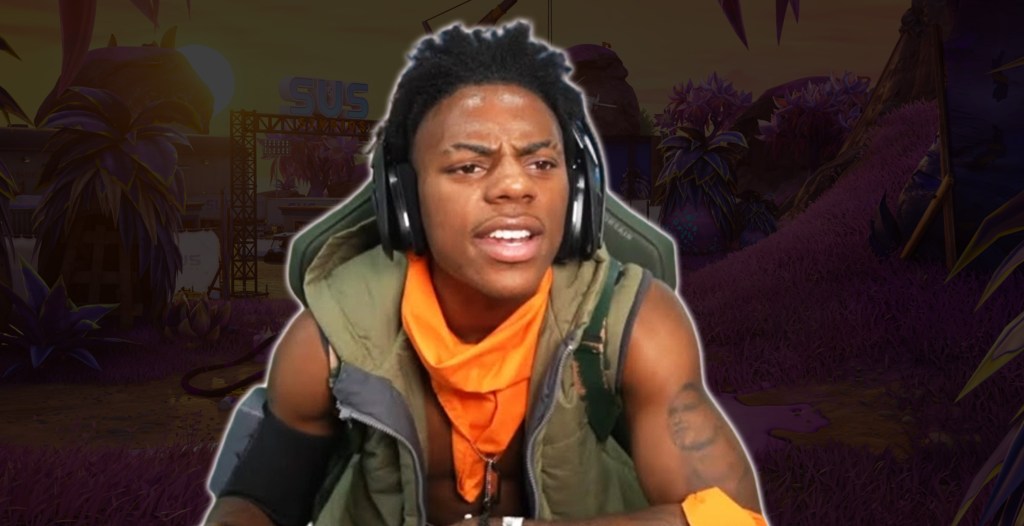The shift from spending most of our time isolated to try to curb the spread of COVID-19, to hitting the streets to fight racism and police brutality through large, public demonstrations was so rapid that it almost felt fluid.
The renewed momentum behind calls to abolish the police (which Black activists, women in particular, have been making for decades) has swept up millions of Americans in its urgency. Longtime abolitionists like Angela Davis and the activists behind building the Movement for Black Lives since 2014’s Ferguson uprising have expressed hope about the current moment and the potential for radical, lasting change that could spring from it.
Videos by VICE
Despite what the shift in national consciousness, COVID-19 remains an unsolved problem. Many public health experts have readily endorsed the idea that racism is its own public health issue. That the pandemic rages on, however, has left protesters putting their bodies on the line to combat one crisis while wondering how to avoid inflaming another through the transmission of COVID-19.
VICE talked to two public health experts about how to best manage risk while publicly demonstrating, both of which are vitally important undertakings. “This idea that we have to pit these protests against COVID is a false choice,” said Julia Marcus, an infectious disease epidemiologist and assistant professor at Harvard Medical School. “We have to fight both viral transmission and the public health crisis that is systemic racism, so our best option in this situation is harm reduction.” Here’s a guide on how to keep yourself and others around you safe as you call for safety for everyone—and what to do about testing for COVID-19 while protesting, too.
Both experts VICE spoke to agreed that complying with basic protest safety guidelines, like wearing masks and maintaining social distance, is necessary to reduce transmission risk. Leana Wen, an emergency physician and public health professor at George Washington University who spoke about COVID-19 precautions and protesting on WNYC’s Brian Lehrer Show, said that protesting with a group of people you know could also be helpful. “If you can, go with a small group of friends or family members and stick to that small group,” Wen said.
The question of whether or not protesters should get tested for COVID-19 after the potential for exposure massive crowds represent is a more challenging one. For people who plan on protesting daily, or over a prolonged period of time, a single COVID-19 test won’t really cut it.
“You’re not going to be taking a test every day,” Wen said. “It’s not economical, and it also doesn’t make sense right now, given the limited number of tests there are. You can go get tested, but I would again wait until most of your protest activities are over or else you’re going to be out there again and exposing yourself again, so that one negative may not mean much.”
Wen also advises against protesters seeking antibody testing. “Nobody should be getting the antibody test as a way to figure out what they should do” after protesting, she said. “The antibody test is not reliable, and, also, we don’t know if antibodies mean that you are now immune.”
If you do start to experience COVID-19 symptoms, it’s imperative for halting community transmission that you stop protesting and seek out a COVID test to determine your next steps—though when you do that matters, according to Marcus. “Testing is a little tricky, because if you get tested too early, you may test negative, and then you just haven’t actually had enough time to test positive,” she explained. She said it’s best to wait five or six days after potential exposure before getting the viral test.
If you’re detained indoors for a prolonged period of time while protesting, both experts agreed a viral test is necessary, due to the heightened risk detention centers carry surrounding COVID-19 transmission.
In lieu of testing, Wen and Marcus both suggested protesters do everything they can to remain distanced from any vulnerable housemates and family members or friends.
“You want to shield the most vulnerable as much as you can,” Wen said. “From a public health perspective, there’s going to be risk to you as an individual if you’re going to go and protest. There’s also going to be risk to others around you, people that you may live with or interact with, too. And there’s also the risk of increasing the rate of transmission in the community.” But Wen said that distancing may not be possible for everyone, particularly those in multigenerational housing, or those who share tight quarters. “ It’s important to recognize that social distancing is a privilege not everybody has,” she said.
In those cases, as in all cases, Marcus stressed that risk assessment and management were key for active protesters. “I’m not as concerned about somebody going for a walk in the park as I would be somebody going to have tea with their grandmother,” she said. “Trying to be particularly aware in that week or two after attending a protest will help prevent any potential transmission from spreading further.”
Unfortunately, conditions are prime for a so-called “second wave” of COVID-19 cases, according to Wen and Marcus, creating a “when, not if” scenario around another spike in cases of the virus.
Marcus pointed to concerns about police behavior during the protests, like the one her colleagues have raised about cops using tear gas to subdue demonstrations. “I have a lot of concern around the potential transmission risk at these protests, particularly the ways that police may be driving that risk,” she said. According to Marcus, the policing tactics that are of most concern when it comes to COVID-19 are “promoting crowding, using respiratory irritants like tear gas that make people take their masks off and cough, and most important, detaining people in enclosed settings like buses and jails, where we know that the virus can spread quite easily.”
While a second wave of widespread infections may come after the protests, both experts stressed that doesn’t mean it will have been caused by the protests.
“We are going to see a surge in cases, Wen said. But, as she clarified: “It is really important to emphasize that it’s not just the protests. At the same time the protests are happening, we’re also seeing reopenings occur in all 50 states. We need to put that risk into perspective—I don’t want people to say, ‘Oh, it’s all because of the protesters.’ That would not be an accurate description of what’s happening.”
Follow Katie Way on Twitter.
More
From VICE
-

Courtesy of author -

Photo by Kevin Mazur/WireImage; Terence Patrick/CBS via Getty Images -

Screenshot: Warner Bros. Games

